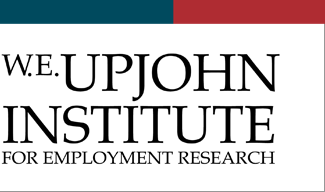Publication Date
1-1-2002
DOI
10.17848/9780585469690
Abstract
Employers and unions in several states during the 1990s were allowed to "carve out" their own workers' compensation systems. These innovative reforms gave the parties the right to collectively bargain their own systems outside the statutory systems. In addition, alternative dispute resolution (ADR) systems were implemented in order speed the legal process and reduce litigation costs. This book offers an evaluation of the first few years' experience with these organizational reforms in California.
Files
Download Full Text (1006 KB)
Download 1. Introduction - Background (85 KB)
ISBN
9780880992381 (cloth) ; 9780880992374 (pbk.) ; 9780585469690 (ebook)
Subject Areas
UNEMPLOYMENT, DISABILITY, and INCOME SUPPORT PROGRAMS; Workers compensation and disability
Citation
Levine, David I., Frank W. Neuhauser, Richard Reuben, Jeffrey S. Petersen, and Cristian Echeverria. 2002. Carve-Outs in Workers' Compensation: An Analysis of the Experience in the California Construction Industry. Kalamazoo, MI: W.E. Upjohn Institute for Employment Research. https://doi.org/10.17848/9780585469690
Creative Commons License

This work is licensed under a Creative Commons Attribution-NonCommercial-Share Alike 4.0 International License.



Contents